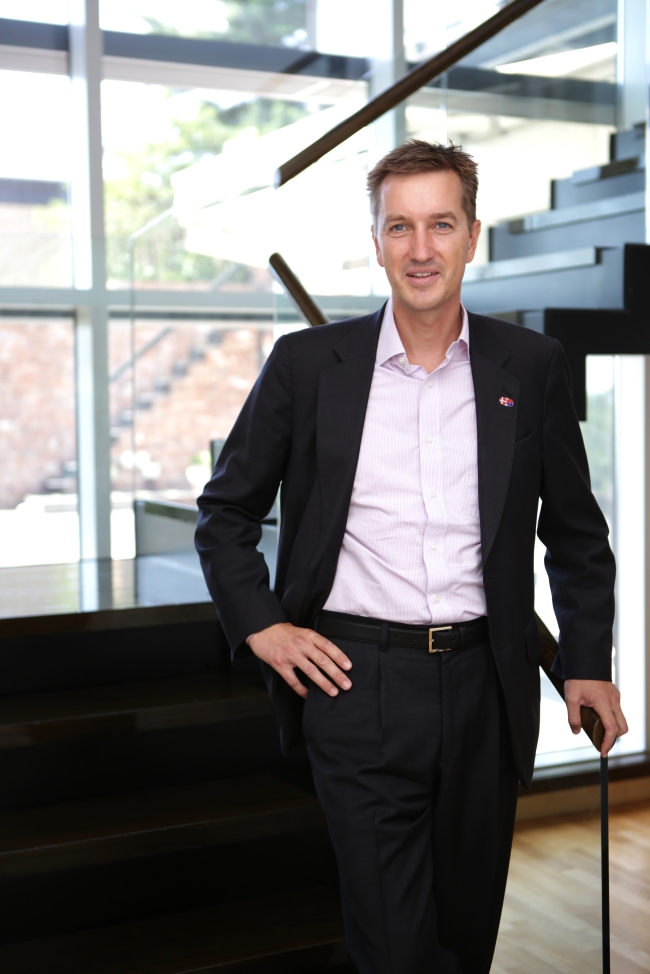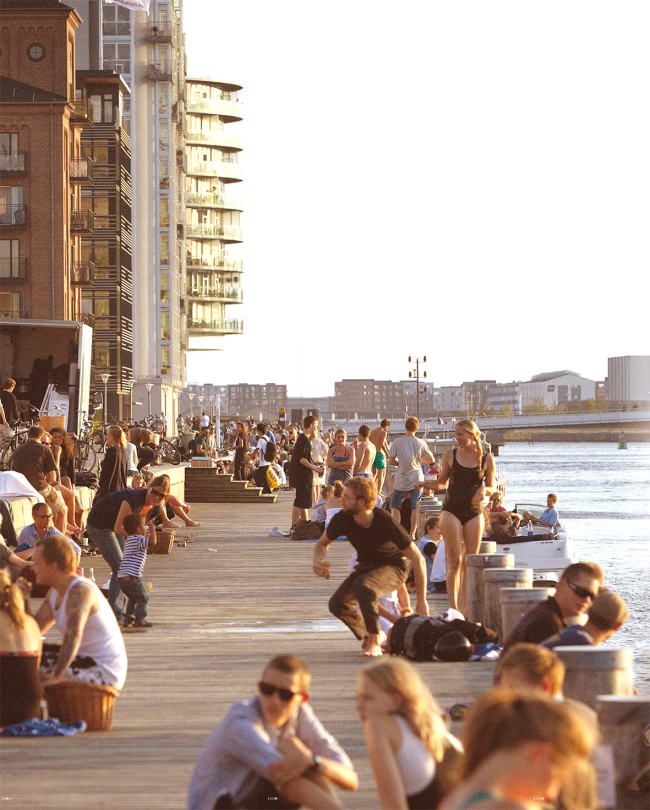By Thomas Lehmann, Danish Ambassador
One of the most frequent conversations I have with people as a Danish ambassador is about the things our respective countries are famous for. Since coming to Korea in 2014, I found out that Denmark, in the minds of Koreans, was known for author Hans Christian Andersen, Lego and happy people, not to mention the bicycles, wind energy and clean environment.
Denmark’s green profile is strongly grounded in fact. Denmark became the world’s first nation to establish a ministry committed to environmental protection in 1971, spearheading the world’s sustainable development agenda. In early July, Denmark generated 140 percent of its electricity demand with wind power and exported the surplus to Norway, Germany and Sweden. With sustainability taking up the mainstay of our national policies, we have learned that environmental protection does not have to come at an economic price.
In fact, Denmark’s green initiatives ― centered on environmental protection, scientific innovation and long-term public commitment ― drove our economy’s strong and steady growth for the past 40 years. Far from stifling business, Danish companies have gained competitive advantages on the global stage with their innovative products and services, as environment gradually came to the fore of global paradigm. Danish companies Vestas, Grundfos and Maersk came to dominate the wind energy, pump manufacturing, and container shipping sectors, respectively.
 |
| Danish Ambassador Thomas Lehmann (Danish embassy) |
Copenhagen aspires to be the world’s first carbon-neutral capital by 2025, being the microcosm of pristine living endowed with practical benefits. By openly communicating with citizens, collaborating with knowledge institutions and implementing sustainable urban policies over the last 20 years, Copenhagen was crowned the world’s most livable city in the Quality of Life Survey by global affairs magazine Monocle in 2008, 2013 and 2014.
The exhibition “Copenhagen Solutions,” running from Aug. 19-Sept. 8 in the Seoul City Hall lobby, will illustrate the city’s down-to-earth transformation from a polluted, dilapidated industrial city to a smart and vibrant green city. The exhibition will display Copenhagen Harbor’s redevelopment experience, which has enabled Copenhageners to swim, fish and ride boats in the heart of the city since 2002.
In the early 2000s, swimming in the harbor was unthinkable due to severe pollution from the sewage. To address this problem, the city modernized the sewage system, initiated a cleaning program and created harbor-front recreational areas. The transformation also enhanced the city’s livability, boosting local businesses and real estate values while reducing the risk of flooding. Simply put, the harbor’s transformation offered economic, environmental and social benefits in one package.
 |
| Copenhageners swim, bathe, fish and sail in the city harbor all year round, thanks to the modernization of sewage and redevelopment of harbour-front by the municipality. (State of Green) |
But how does all of this relate to Korea? Korea has proven to be a fast-mover time and time again in diverse areas. Korea became one of the world’s major economies, with many of its multinational corporations dominating the global market today. It also achieved technological breakthroughs in a matter of a few decades since the Korean War.
The importance that Denmark and Korea attach to green growth and the global paradigm shift toward sustainable development make us essential partners. This is precisely why the Green Growth Alliance was established in 2011 to combine Denmark’s expertise in sustainable development and Korea’s technological capacities.
GGA meetings have taken place annually at top governmental levels, and this year’s meeting will take place in Copenhagen. Our partnership was bolstered by the establishment of the Strategic Partnership and the Green Growth Alliance in 2014. Both our national leaders President Park Geun-hye and former Prime Minister Helle Thorning-Schmidt realized that energy-efficient policies were imperative to sustaining economic growth and dealing with climate change.
The combination of Korean technologies and Danish design expertise will be showcased at the “Smart Solutions for Innovative Cities” conference organized by the Innovation Centre Denmark in Copenhagen in September, eliciting the participation of high-ranking Korean officials.
Seoul Mayor Park Won-soon visited Copenhagen in 2014 to sign a memorandum of understanding for cooperation in tourism, urban living and green solutions. As Mayor Park expressed his wish to turn Seoul into a bicycle-friendly city several years ago, he rode a bike around Copenhagen and discussed with his Danish counterpart on cooperative strategies for bicycle infrastructure and policies.
 |
| Copenhagen’s harbour-front (Danish Embassy) |
Copenhagen has created numerous bicycle lanes, parking spaces and highways that allow people to conveniently travel across the city. More than half of the city’s inhabitants, including corporate executives and high-level politicians, prefer to ride bicycles as a main form of transport. This culture of loving bicycles is why Copenhagen was chosen as the European Green Capital in 2014 by the European Commission.
The Copenhagen Solutions exhibition will feature the city’s bicycle lanes as well as centralized district heating and cooling systems with high energy efficiency. It will also show big data technologies that optimize traffic flows and carbon dioxide emission. The public-private partnership that promotes long-term solutions and meets diverse interests will also be showcased.
Climate change, water shortage, and desertification will increasingly plague the world’s ecosystem in the future. The environmental degradation has far-reaching consequences that are unbounded by national borders. It is crucial for us to make the right choices now for our shared sustainable future. Sustainability is not a luxury. It is an unavoidable responsibility for our future growth.

